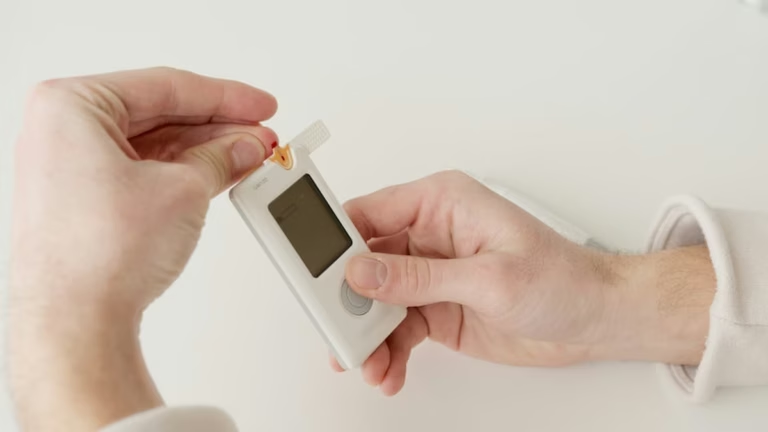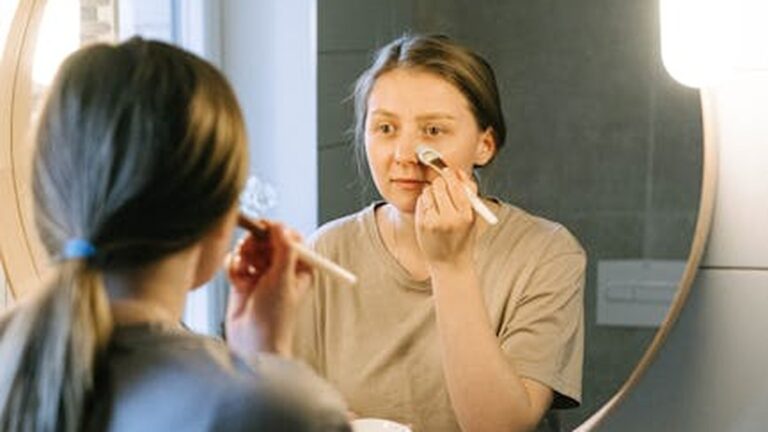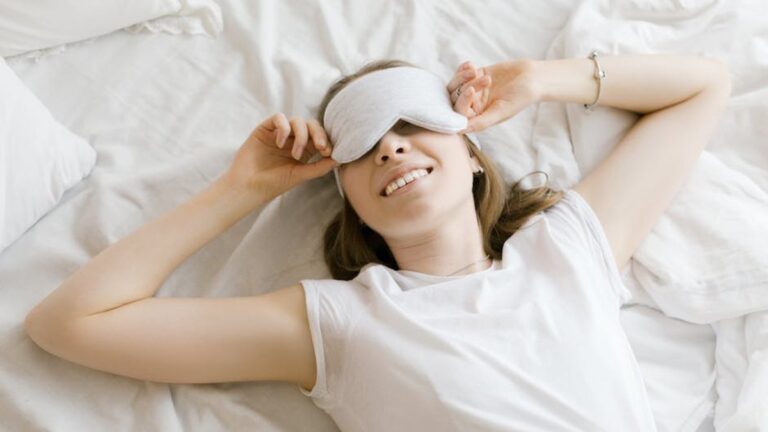Combatting Seasonal Affective Disorder (SAD) in 2025: Light Therapy and Mood-Boosting Activities
As the days grow shorter and the nights grow longer, many of us find ourselves facing more than just a change in weather. Seasonal Affective Disorder (SAD), a type of depression related to changes in seasons, can cast a shadow over our well-being. But don’t despair! In 2025, we have access to proven and evolving strategies to combat SAD, focusing on light therapy and mood-boosting activities. Let’s explore how you can brighten your winter and improve your mental health.
Understanding Seasonal Affective Disorder
SAD is more than just the winter blues. It’s a recurrent major depressive disorder with a seasonal pattern. The exact cause isn’t fully understood, but it’s believed to be linked to reduced sunlight exposure, which can disrupt your body’s internal clock (circadian rhythm), affect serotonin levels (a neurotransmitter that regulates mood), and influence melatonin production (a hormone that regulates sleep).
Symptoms of SAD
Recognizing the symptoms is the first step in tackling SAD. Common signs include:
- Persistent feelings of sadness, hopelessness, or emptiness
- Loss of interest in activities you once enjoyed
- Changes in appetite or weight, often craving carbohydrates
- Sleep problems, such as oversleeping or insomnia
- Fatigue and low energy levels
- Difficulty concentrating
- Feelings of worthlessness or guilt
- Irritability and restlessness
Light Therapy: Your Personal Sunshine
Light therapy, also known as phototherapy, is a mainstay treatment for SAD. It involves sitting near a special light box that emits bright light mimicking natural sunlight. This light helps regulate your circadian rhythm and boost serotonin levels, effectively counteracting the effects of reduced sunlight.
How Light Therapy Works
Light boxes typically emit 10,000 lux of light and should be used for about 20-30 minutes each morning. It’s crucial to use a light box specifically designed for SAD treatment, as regular lamps won’t provide the necessary intensity or spectrum of light. Consult with your doctor to determine the best light box and usage schedule for your needs. Proper use is key to its effectiveness.
Choosing the Right Light Box
When selecting a light box, consider the following:
- Lux rating: Ensure it emits 10,000 lux.
- UV filter: Look for a box that filters out harmful UV rays.
- Size and portability: Choose a size that fits your lifestyle.
- Reviews and certifications: Read reviews and look for certifications from reputable organizations.
Mood-Boosting Activities: Reclaiming Your Joy
Beyond light therapy, incorporating mood-boosting activities into your daily routine can significantly alleviate SAD symptoms. These activities help stimulate the release of endorphins, your body’s natural mood elevators.
Exercise: Moving Your Body, Lifting Your Spirits
Regular physical activity is a powerful antidote to depression. Aim for at least 30 minutes of moderate-intensity exercise most days of the week. This could include brisk walking, jogging, swimming, cycling, or dancing. Even a short walk can make a difference. Consider joining a gym, taking a fitness class, or exercising with a friend to stay motivated.
Mindfulness and Meditation: Finding Inner Peace
Practicing mindfulness and meditation can help you manage stress and improve your overall well-being. These techniques involve focusing on the present moment and accepting your thoughts and feelings without judgment. There are numerous apps and online resources available to guide you through mindfulness exercises. Consistency is key.
Social Connection: Building Strong Bonds
Isolation can exacerbate SAD symptoms. Make an effort to connect with friends and family regularly. Plan social activities, join a club or group, or volunteer in your community. Nurturing your relationships can provide a sense of belonging and support.
Creative Outlets: Expressing Yourself
Engaging in creative activities, such as painting, writing, playing music, or crafting, can be a therapeutic way to express your emotions and reduce stress. Find an activity that you enjoy and dedicate time to it regularly.
Diet and Nutrition: Fueling Your Mood
A healthy diet plays a crucial role in your mental health. Focus on eating a balanced diet rich in fruits, vegetables, whole grains, and lean protein. Limit your intake of processed foods, sugary drinks, and excessive caffeine. Consider consulting with a registered dietitian for personalized nutritional guidance.
Seeking Professional Help
While light therapy and mood-boosting activities can be highly effective, it’s essential to seek professional help if your SAD symptoms are severe or persistent. A therapist or psychiatrist can provide additional support and treatment options, such as cognitive-behavioral therapy (CBT) or medication.
Combatting SAD in 2025 involves a multifaceted approach. By incorporating light therapy, engaging in mood-boosting activities, and seeking professional help when needed, you can effectively manage your symptoms and enjoy a brighter, more fulfilling winter. Remember, you are not alone, and there is hope for a healthier and happier you!






